
Is your retail tech holding you back? Leading retailers around the world are adopting unified Point of Sale (POS) systems tightly integrated with their ERP (Enterprise Resource Planning) software – and they’re reaping big rewards. Omnichannel shoppers now make purchases 70% more often than those who only shop in-store[1]. If you’re still running separate, siloed systems for your in-store and online sales, you risk missing out on sales and frustrating customers. In this article, we tackle real questions retailers ask about ERP-integrated POS solutions – and how making the leap can give your business a competitive edge.
What Is an ERP-Integrated POS, Exactly?
An ERP-integrated POS is a unified retail solution that connects your in-store checkout system with your back-end ERP and eCommerce platforms. In simple terms, it lets you process orders across all channels in one system[2]. Instead of a standalone cash register or POS app that doesn’t “talk” to your other systems, an integrated POS shares data with your ERP in real time. This means your store registers, website, inventory, and customer database all stay in sync. For example, Adobe Commerce (Magento) notes that you can “sync online and in-store experiences by integrating your commerce platform with multiple point-of-sale solutions.”[3] In short, an ERP-integrated POS bridges your physical and digital sales channels so they operate as one cohesive unit.
Why Should I Unify My POS with an ERP?
If you’ve been managing store sales and online orders separately, integration can be a game changer. Here’s why retailers are unifying their systems:
- One Source of Truth: By integrating POS with an ERP like Acumatica or Sage, you get a single, holistic view of your business – from inventory levels to customer orders. All data (sales, inventory, orders, even gift cards) syncs up, giving your team a 360° view of sales performance and customer activity[4]. No more logging into multiple systems or reconciling conflicting reports. As Kensium puts it, making your ERP the “source of truth” for commerce ensures a consistent experience across all channels[5].
- Goodbye, Manual Data Entry: Many retailers without integration end up re-keying online orders into the POS or ERP – a tedious process prone to mistakes. One operations manager lamented how half their team was “doing copy-paste work all day instead of actually managing operations.”[6] The integration solution is straightforward: connect your eCommerce and ERP so that orders flow in automatically. This eliminates the copy-paste drudgery and typos, freeing your staff to focus on customers instead of data entry[7]. In other words, you’re not paying employees to enter the same information twice.
- Real-Time Inventory Accuracy: A unified system keeps inventory counts accurate across all channels at all times. If you sell an item in-store, it instantly reflects on your website and in the ERP. This prevents the nightmare of overselling – taking orders for products that aren’t actually in stock. Overselling and stockouts cost retailers an estimated $1 trillion each year in lost sales and damaged loyalty[8]. In fact, Shopify warns that “a lack of real-time inventory updates can lead to overselling.”[9] With integration, those inventory nightmares disappear. (One Shopify merchant shared how their un-synced systems oversold 30 units during a sale – resulting in a weekend of order cancellations and $15K in lost revenue[10]. Ouch!)
- Data-Driven Decisions & Loyalty: Having all your sales and customer data in one place opens the door to better analytics and personalized marketing. You can track customer behavior across online and offline channels and tailor promotions accordingly[11]. For example, integrated systems make it easy to run cross-channel promotions or loyalty rewards that apply both in-store and online[12]. Your customers get a seamless experience, and you get richer insights to drive sales.
In short, unifying your POS with an ERP leads to fewer errors, less admin work, and more informed decisions. It’s the backbone of true omnichannel retail, which is quickly becoming the industry standard.
Can It Really Prevent Overselling and Stockouts?
Yes. Because an ERP-integrated POS shares inventory data in real time, it dramatically reduces the chance of selling a product you don’t have. Every sale or return updates the inventory everywhere – in your stores, your ERP, and your online storefront. This means customers won’t order an “in-stock” item online only to find it’s actually sold out. As one retail guide put it, “Shopify POS ensures we don’t sell products online when we’re out of stock. It makes it much easier to keep track of inventory everywhere we sell.”[13][14] By unifying inventory across all marketplaces and channels, you gain full visibility into stock levels and can even set alerts or safety stock thresholds to avoid running out[15][16]. The bottom line: happy customers (who get what they ordered) and peace of mind for you as a retailer.
Does It Support Buy Online, Pickup/Return In-Store (BOPIS/BORIS)?
Absolutely – offering flexible fulfillment like BOPIS and BORIS is a key benefit of unified commerce. Kensium’s integrated POS, for example, natively supports Buy Online, Pick Up In-Store (BOPIS) and Buy Online, Return In-Store (BORIS) as well as traditional in-store pickup and shipping through the ERP[17]. This means your customers can order on your website and pick up at their local store, or purchase in store and have it shipped from a warehouse – all synced through one system. Why is this so important? Because customers love these options, and they drive sales. 85% of shoppers who used BOPIS made additional purchases when picking up in store[18]. If you can seamlessly offer BOPIS/BORIS, you not only provide convenience (no shipping fees for the customer[19]), but you also increase foot traffic and impulse buys at pickup. An integrated POS makes these omnichannel workflows smooth, with the ERP handling order fulfillment and inventory updates behind the scenes. It’s a win-win: shoppers get flexibility, and you capture every possible sale.
What If My Internet Goes Down? Will I Lose Sales?
No worries – a modern ERP-integrated POS is built to keep you selling even when offline. Kensium’s POS, for instance, includes an offline mode that ensures your registers keep working if the internet drops[20][21]. Transactions are processed locally and then automatically sync to the ERP once the connection is restored. For a busy retailer, this is huge. You won’t have to turn customers away or resort to pen-and-paper because of a network blip. Uninterrupted operations mean happier customers and no revenue loss due to downtime[22]. In technical terms, it’s “easy checkout with offline mode,” a must-have feature for reliability[23]. So whether your store is in a mall with spotty Wi-Fi or at a trade show with limited connectivity, your POS keeps humming along without a hiccup.
Will It Scale for Multiple Stores and Mobile Selling?
Yes – a unified POS/ERP solution is designed to grow with your business. You can run it in a single boutique or across dozens of locations and channels. For example, Kensium’s POS supports multiple outlets and device types out of the box[24]. It’s compatible with Windows-based registers and tablets, so you can have classic checkout counters as well as mobile POS tablets for line-busting or sales floor assistance[25][26]. This flexibility lets you deploy the POS on desktops in your flagship store, on a Surface Pro for a pop-up event, or on a rugged tablet in a warehouse sale – all accessing the same up-to-date data. Multi-location management is baked in, so expanding from one store to many is simple (no separate systems for each store). And because everything syncs through the ERP, inventory and sales data from all locations roll up into one view. In short, an integrated solution will scale from one store to one hundred without missing a beat, supporting your growth with consistent performance everywhere.
How Are Gift Cards and Loyalty Programs Handled?

One of the perks of an ERP-integrated POS is that customer engagement tools like gift cards and loyalty programs work seamlessly across channels. You won’t need a separate system or manual tracking – it’s all built in. Kensium’s POS, for example, offers robust gift and loyalty features: you can issue and redeem gift cards in-store or online, run customizable loyalty point programs, and even convert loyalty points to gift cards[27][28]. All of these transactions sync back to the ERP so the accounting and balances are always up to date. This unified approach means a customer can earn points on your eCommerce site and spend them at a physical store (or vice versa) with no friction. According to retail experts, integrating loyalty data helps you “view shopper behavior on both channels” and market more effectively[11]. Plus, with real-time balance tracking and centralized customer profiles, you’ll deliver a smooth experience – no more customers falling through the cracks because their rewards don’t show up in one system. The result is stronger brand loyalty and repeat business, driven by a POS that treats online and offline shoppers as one.
Which Platforms and ERPs Does It Work With?
The beauty of solutions like Kensium POS is that they’re built to play nice with the platforms retailers use most. Right now, Kensium’s POS integrates natively with Acumatica and Sage ERPs[29], two leading cloud ERP systems popular with midsize businesses. It uses the ERP as the central hub (ensuring all sales and inventory data live in Acumatica/Sage in real time[30]). On the eCommerce side, it already integrates with BigCommerce and Adobe Commerce (Magento) stores[31], enabling true omnichannel retail. Support for other major systems is expanding – connectors for NetSuite and Microsoft Dynamics 365 are on the way[29]. What does this mean for you? It means you can likely plug a unified POS into your existing tech stack without starting from scratch. If you’re on Shopify or another platform not yet directly integrated, Kensium also offers connectors and custom integration services to link your commerce platform with the POS/ERP. The goal is flexibility: whatever mix of online storefront and back-end software you use, there’s a path to unify them. This extensibility ensures your investment is future-proof as your systems evolve.
What Makes Kensium’s Integrated POS Different?
With various POS solutions out there, Kensium POS stands out by delivering enterprise-grade features with a focus on unified commerce. It was born out of deep expertise in both eCommerce and ERP, which means it tackles pain points beyond the scope of a typical POS. Here are a few standout benefits that give users serious FOMO if they’re not on board:
- Seamless Data Sync: Sales and customer data flows automatically between the POS and ERP all day long, so your system of record is always current[30]. No batching or end-of-day uploads – it’s near real-time. This leads to smarter financial management and cash flow, since your ERP isn’t a day behind on sales figures[32].
- Rock-Solid Reliability: The offline capability provides uninterrupted retail operations. Even if the internet goes down, you keep processing sales, which means happier customers and no downtime losses[22]. Many cloud POS systems can’t handle that – but this one was engineered for reliability in any situation.
- Omnichannel Muscle: It’s a full-featured POS supporting everything from weighed items (important for groceries or bulk goods) to multiple cash drawers and touchscreen interfaces[33]. It consolidates in-store and online orders, enabling scenarios like ship-from-store, in-store pickups, and returns seamlessly. Few systems truly handle “cash & carry” and future fulfillment in one transaction like this[34].
- Customizable & User-Friendly: The POS interface is customizable to fit your workflow, and it supports various customer types (e.g. quick “guest” checkouts or detailed customer profiles) without overloading your ERP with unnecessary data[35][36]. This flexibility means it can adapt to B2C retail or B2B environments with ease.
- One-Partner Solution: Kensium isn’t just a software vendor – they’re an Acumatica-certified development partner and an eCommerce agency. This dual expertise means when you adopt their POS, you also get a partner who can integrate your entire commerce tech stack (ERP, POS, website, marketplace feeds, warehouse systems, you name it)[37][38]. It’s a one-stop shop approach that eliminates finger-pointing between multiple vendors. As their motto says, “We don’t just build commerce, we unify it.”
In short, Kensium’s ERP-integrated POS is built to unify and simplify your retail operations. By closing the gaps between in-store and online systems, it delivers the seamless experience today’s customers expect – and the efficient workflows your team will love.
The Bottom Line: Modernize or Miss Out
Retail is evolving fast. Customers now move fluidly between online and physical shopping, and they expect your business to keep up. An ERP-integrated POS system is the key to offering a true omnichannel experience without the headaches. It keeps your inventory accurate, your sales in sync, and your customers happy with consistent service at every touchpoint. Retailers who have embraced this unified approach are seeing the benefits – from higher sales frequency[1] to fewer stockouts and faster fulfillment. Those who haven’t are increasingly at risk of falling behind or running into costly errors.
The message is clear: don’t get left behind. If you’re still using an old-school cash register or a POS that doesn’t connect to your online store and ERP, now is the time to explore a modern solution. The technology (whether it’s Kensium POS integrated with Acumatica, or a similar platform) is mature, proven, and trusted by leading brands worldwide. Making the switch can unify your commerce operations and position your retail business for growth in 2025 and beyond.
Ready to future-proof your retail operations? By adopting an ERP-integrated POS like Kensium POS, you’ll deliver the seamless omnichannel checkout experience customers expect — and gain a powerful platform that streamlines your backend and empowers your frontline. Pair it with tools like OrderPad to equip your team with real-time inventory visibility, mobile checkout, and multi-location control. Don’t wait until your competitors have already capitalized on these advantages. The tools to modernize your retail experience are here today — the only question is, will you seize the opportunity or be playing catch-up later?
FAQ
Q1: Does Kensium POS work offline?
Yes! Kensium POS continues processing transactions even when the internet is down. Everything syncs automatically when you’re back online.
Q2: What ERPs does it integrate with?
It integrates natively with Acumatica and Sage, with support for NetSuite and Dynamics 365 coming soon.
Q3: Can I use it across multiple locations and devices?
Absolutely. It supports Windows devices, mobile tablets, and multi-store rollouts — no extra setup needed.
Q4: What fulfillment options does it support?
Kensium POS enables BOPIS (Buy Online, Pickup In Store), BORIS (Buy Online, Return In Store), direct shipping, and in-store pickups, all unified with your ERP.
Q5: Does it include loyalty and gift card programs?
Yes. The POS includes customizable loyalty programs and robust gift card functionality, with real-time syncing and multi-store support.
Q6: How is customer data managed?
Kensium POS intelligently syncs sales data while letting you control which customer records are posted to your ERP — keeping data clean and actionable.
Q7: What kind of support does Kensium provide?
You get a dedicated team of ERP + commerce experts who help implement, support, and scale your POS system to fit your exact needs.
[1] [18] [19] From Selling to Scaling: How Your POS System Can Make the Omnichannel Connection (2024) - Shopify
[2] [4] [11] [12] POS Integration: How to Connect Offline and Online Sales
https://www.bigcommerce.com/articles/ecommerce/pos-integration/
[3] How Adobe Commerce Delivers a "Channel-less" Omnichannel Experience
[5] [17] [20] [21] [22] [26] [29] [30] [32] [33] [34] [35] [36] [37] [38] ERP-Integrated POS System | Acumatica & Sage POS by Kensium
https://www.kensium.com/kensium-point-of-sale
[6] [7] [8] [10] Distribution Needs eCommerce ERP Integration: 5 Signs
https://www.kensium.com/blog/distribution-ecommerce-erp-integration-signs
[9] [13] [14] [15] [16] What is Overselling and How to Prevent It (2022) - Shopify
https://www.shopify.com/retail/overselling
[23] [24] [25] [27] [28] [31] Kensium Point of Sale - Marketplace | Acumatica Cloud ERP
https://www.acumatica.com/acumatica-marketplace/kensium-point-of-sale/








.png)



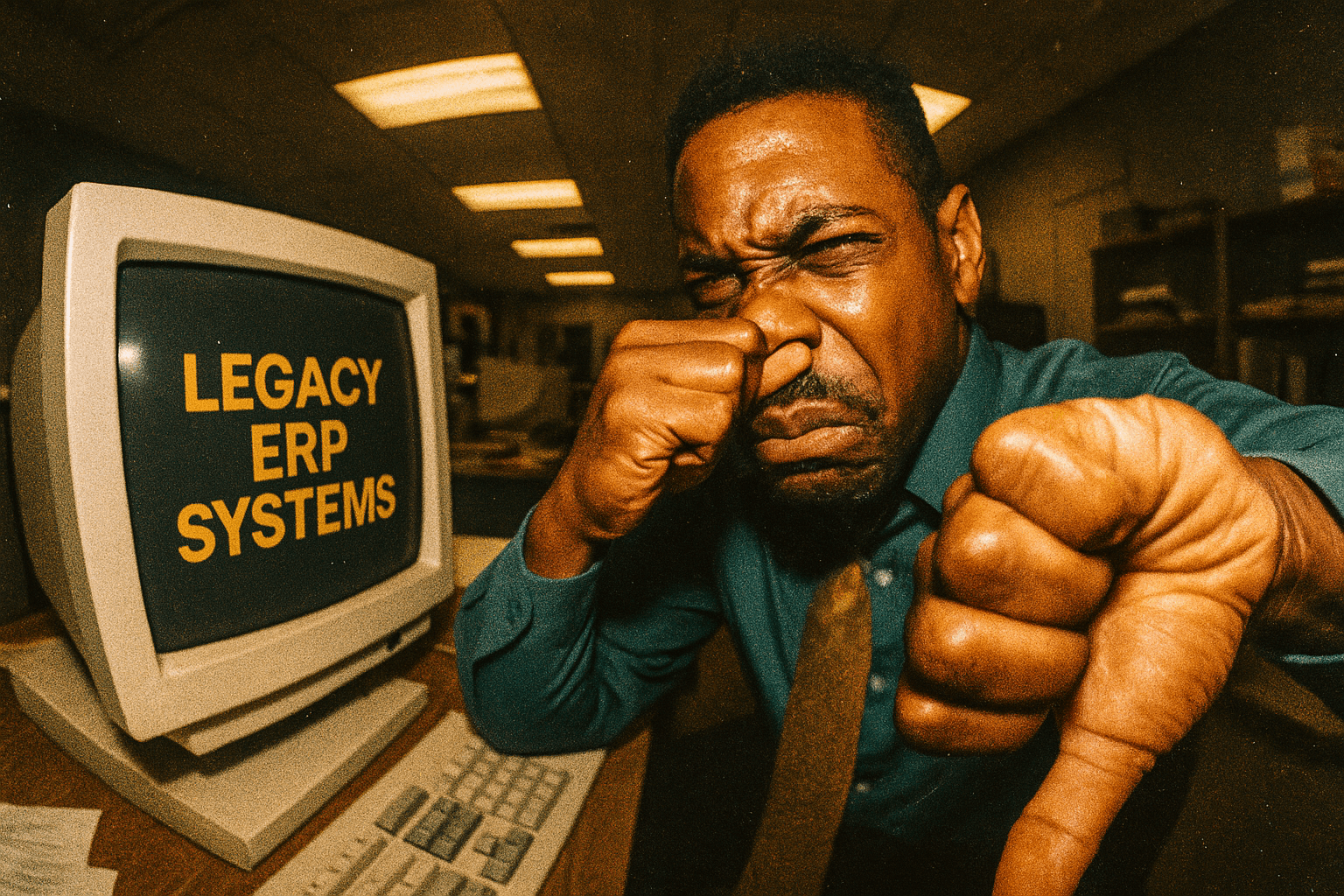

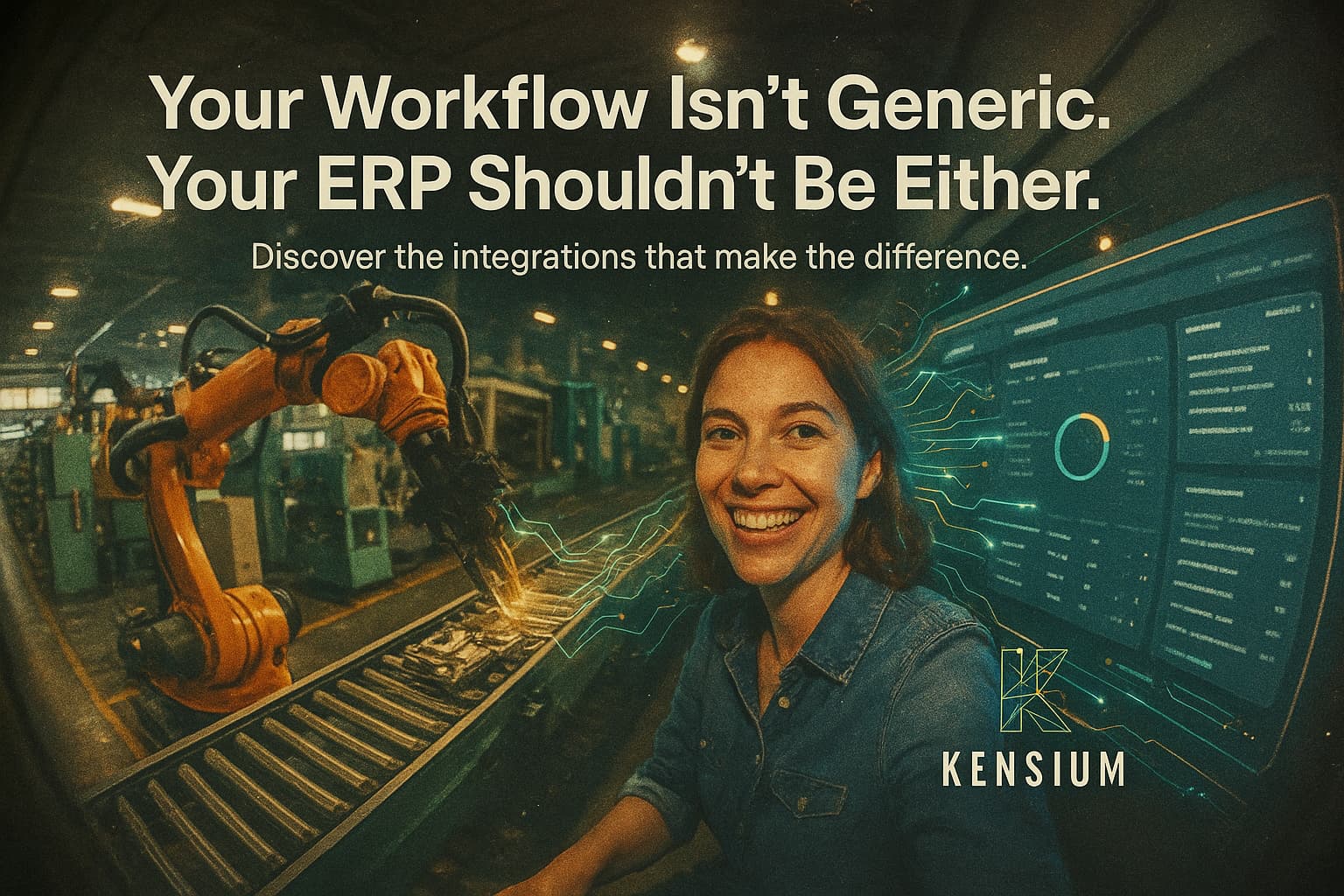

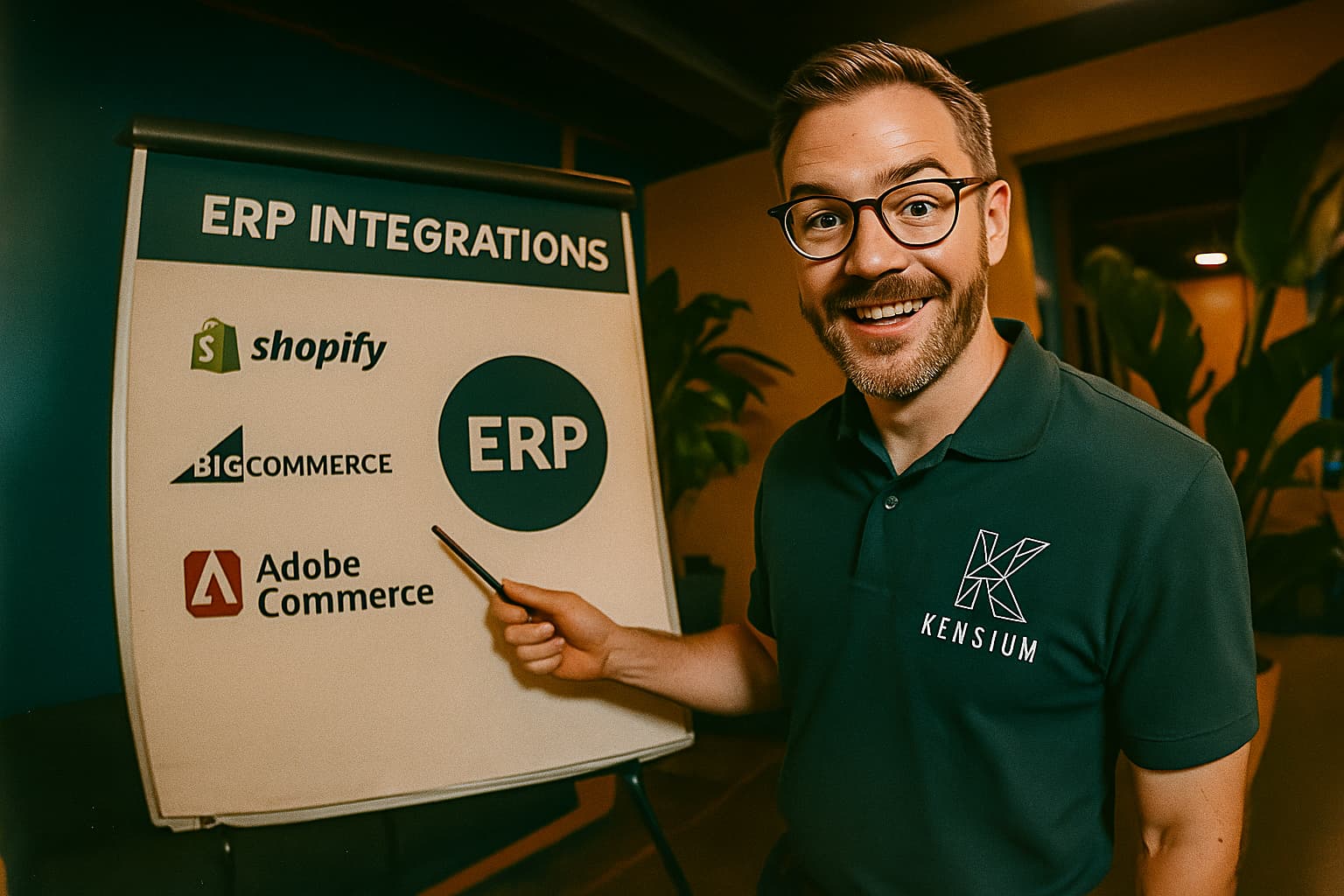

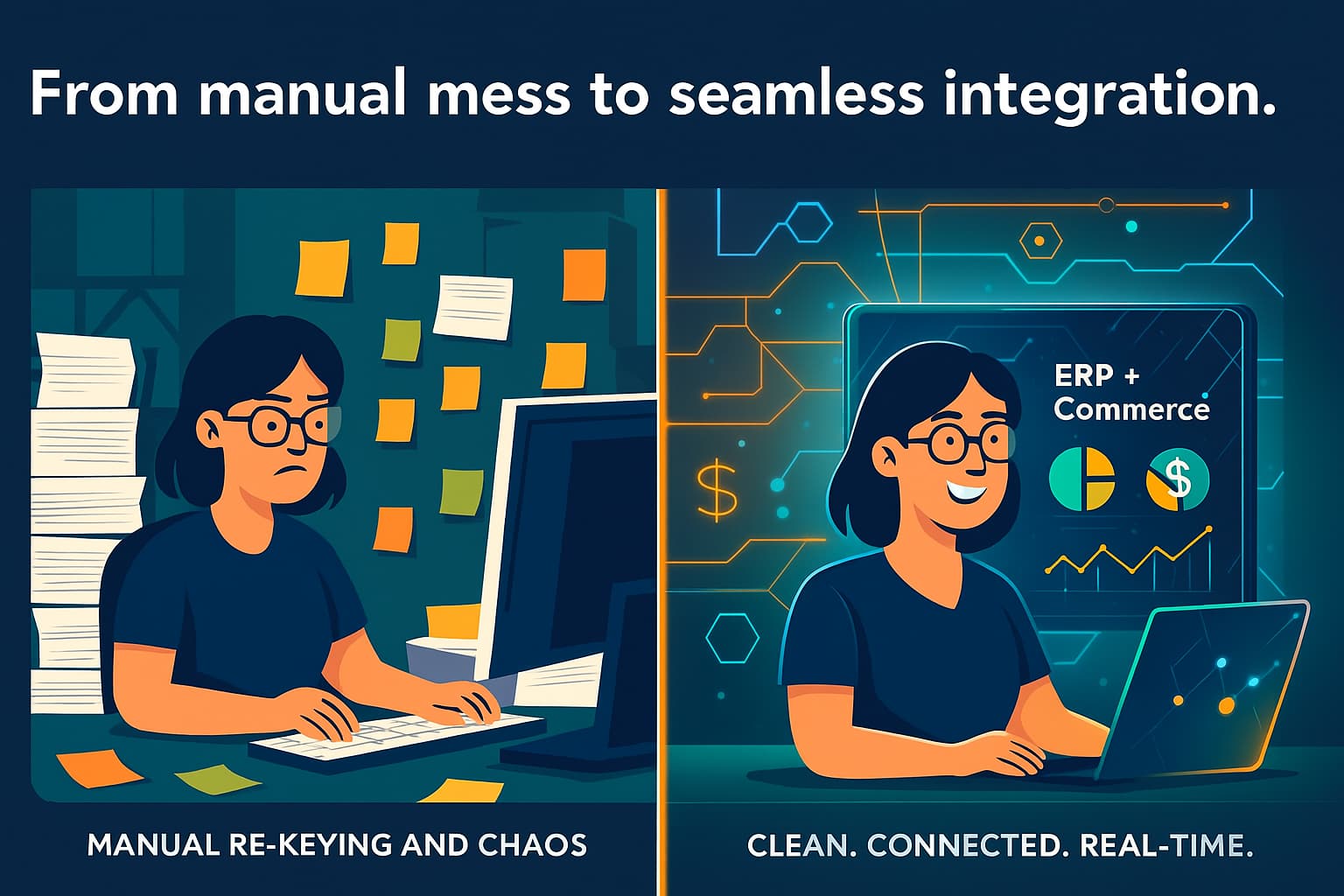

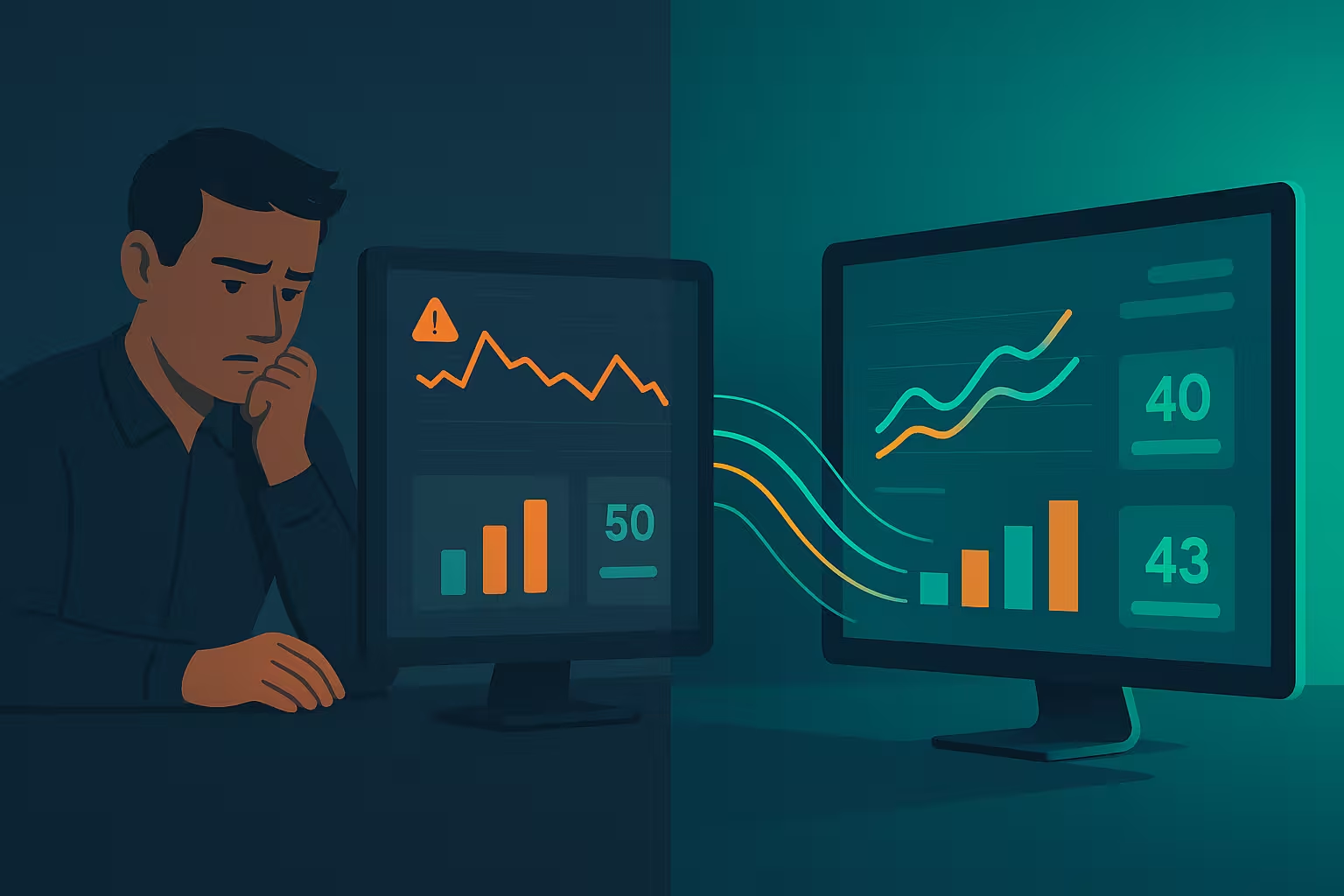














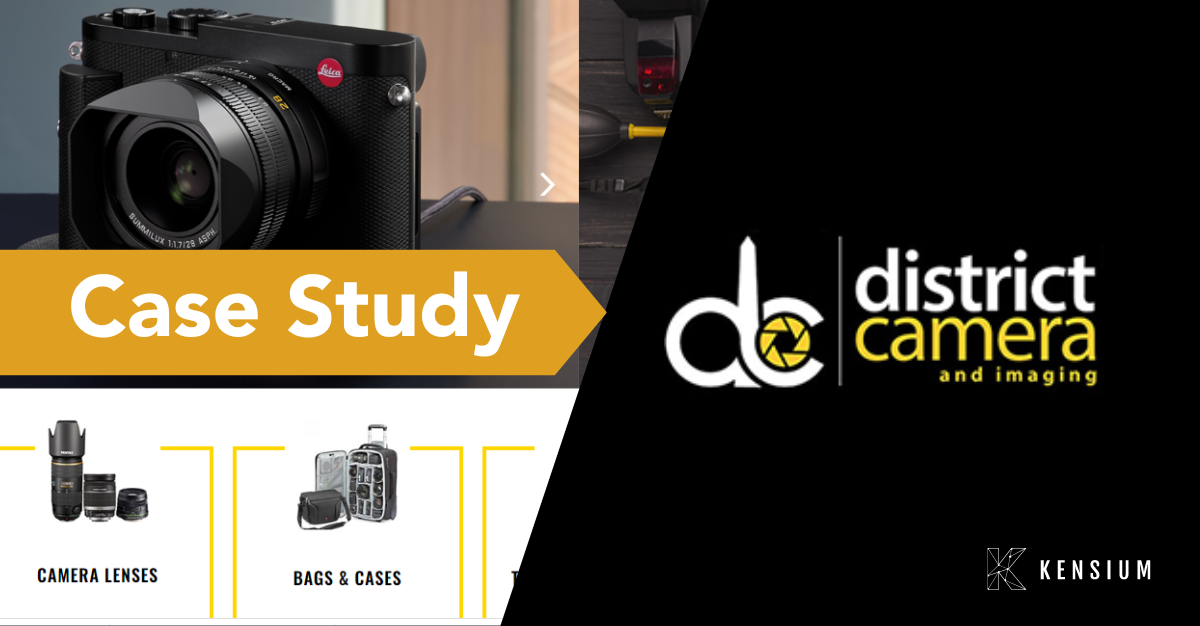



















-small.jpeg)







